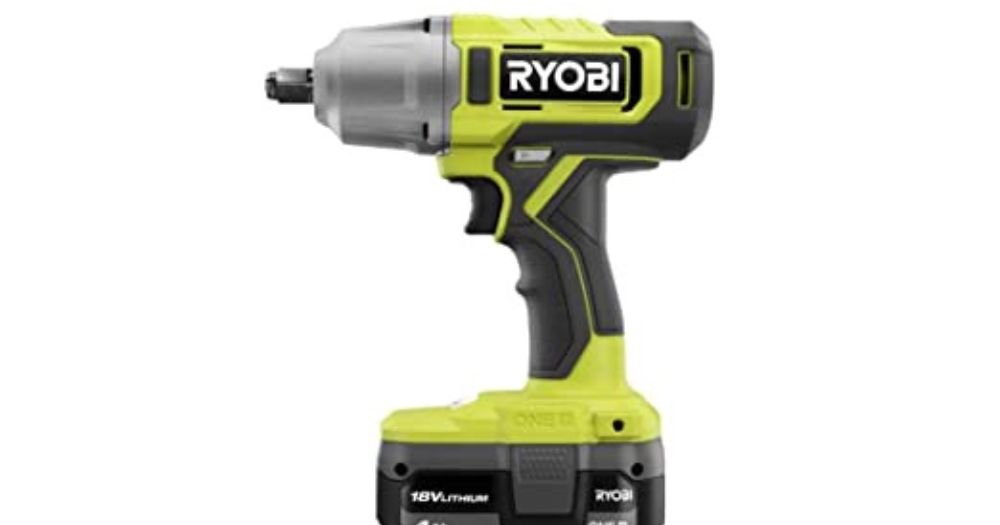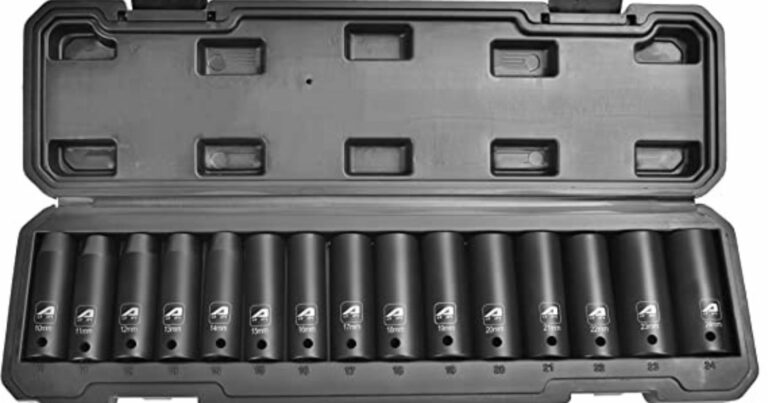How To Use Your Impact Driver Like A Pro
As a dedicated DIY enthusiast, I’ve come to realize that having an impact driver in my toolkit is not just an option, but a necessity. This versatile tool, with its unique blend of power and precision, has become an indispensable ally in my DIY projects. It’s a tool that allows me to drive screws, bolts, and other fasteners with an impressive combination of speed and efficiency that few other tools can match.
By the end of this post, you’ll have a comprehensive understanding of how to use your impact driver like a pro, ensuring that you can tackle any DIY project with confidence, safety, and efficiency. So, let’s dive into the world of impact drivers and explore how this powerful tool can take your DIY projects to the next level.
For additional resources on impact drivers click here.

Advanced Techniques for Using an Impact Driver
As you become more comfortable with your impact driver, you might find yourself ready to tackle more complex tasks and difficult materials. This is where advanced techniques come into play. These methods can help you maximize the potential of your impact driver, allowing you to work more efficiently and effectively. Let’s delve into some of these advanced techniques:
1. Dealing with Difficult Materials
When working with dense materials like hardwood or metal, the impact driver’s high torque can be a game-changer. However, these materials also require a more nuanced approach. Here are a few tips:
- Pre-drilling: For extremely hard materials, consider pre-drilling a hole before driving in the screw. This can reduce the strain on both the tool and the screw, preventing damage and making the job easier.
- Feathering the Trigger: This technique involves gently pressing the trigger to start the screw, then gradually increasing pressure as the screw goes deeper. This gives you more control and helps prevent stripping or overdriving the screw.
2. Mastering the Impact Driver’s Speed and Torque
One of the key advantages of an impact driver is its variable speed and torque. Mastering these can significantly improve your efficiency:
- Low Speed for Starting: When starting a screw, use a lower speed to ensure the screw goes in straight and to prevent stripping the head. Once the screw is started, you can increase the speed.
- High Torque for Tough Tasks: For difficult tasks like driving a large screw into hardwood, take full advantage of the impact driver’s high torque. Remember to keep a firm grip on the tool to control the powerful twisting motion.
3. Using the Right Bits and Accessories
The right bit can make a big difference in the performance of your impact driver:
- Impact-Rated Bits: Always use impact-rated bits with your impact driver. These bits are designed to withstand the high torque of an impact driver and are less likely to break or strip the screw.
- Bit Extensions: If you need to drive a screw in a hard-to-reach place, consider using a bit extension. This can give you the extra reach you need without sacrificing control or power.
4. Advanced Maintenance
Proper maintenance can extend the life of your impact driver and keep it performing at its best:
- Regular Cleaning: In addition to cleaning your impact driver after each use, consider giving it a more thorough cleaning every few months. This can involve removing dust and debris from the motor and other internal parts.
- Battery Care: To maximize the life of your battery, avoid leaving it in the charger for extended periods after it’s fully charged. Also, try to keep the battery at room temperature, as extreme cold or heat can reduce its lifespan.
By mastering these advanced techniques, you can take your impact driver skills to the next level. Whether you’re dealing with difficult mat
Preparing to Use Your Impact Driver
Before you start using your impact driver, you should take some safety precautions. Always wear safety glasses or goggles to protect your eyes from flying debris. Wear ear protection if your impact driver produces loud noise. Also, avoid wearing loose clothing or jewelry that can get caught in the tool.
Inspect your impact driver for any damage or wear before using it. Check the chuck for any cracks or chips, and ensure it is tightly secured to the motor. Check the battery for any damage, and ensure it is fully charged before using it. Choosing the right accessories for your impact driver is also important. For example, use impact-rated bits and sockets to avoid damaging your fasteners or your tool.
Watch This Video And Learn How To Use Your Impact Driver Like A Pro
Using Your Impact Driver
Once you’ve prepared your impact driver, it’s time to start using it. Proper grip and posture are crucial when using an impact driver. Hold the tool with both hands and keep your arms straight to avoid straining your wrists. Keep your body balanced and avoid leaning over the tool. To control the speed and torque of your impact driver, use the variable speed trigger. The more you squeeze the trigger, the faster the tool will go. Release the trigger to stop the tool. If you need more torque, increase the pressure on the trigger.
It’s also essential to understand when to use an impact driver versus other tools like a drill. Use an impact driver for fastening large or long screws, bolts, or lag bolts. Use a drill for drilling holes or driving smaller screws. When using an impact driver, use a technique called “feathering” to drive screws or bolts efficiently. This technique involves applying pressure to the tool at the beginning of the drive and gradually releasing it as the fastener gets tighter. This helps avoid overdriving the fastener or damaging the material.
Maintaining Your Impact Driver
To keep your impact driver in top condition, proper cleaning and storage are necessary. Clean your tool after each use by wiping it with a dry cloth or using a soft-bristled brush to remove debris. Avoid using solvents or water to clean your tool. Check and replace any worn parts, such as the chuck or the battery, as needed. Long-term maintenance tips include storing your tool in a dry, clean place, and periodically checking the battery to ensure it is holding a charge.
For more information on other types of impact driver and their uses click here.

FAQs How to Use Your Impact Driver Like a Pro
Now that you’ve learned how to use your impact driver like a pro, here are some common questions that people ask about this tool.
1. Can I use my impact driver for drilling holes?
No, an impact driver is not designed for drilling holes. It’s best used for driving screws, bolts, and other fasteners quickly and efficiently. If you need to drill holes, use a drill instead.
2. What’s the difference between an impact driver and a drill?
The main difference between an impact driver and a drill is their primary function. An impact driver is best used for driving screws, bolts, and other fasteners, while a drill is best used for drilling holes. Impact drivers are more powerful and efficient at driving fasteners than drills, but drills offer more precision and control for drilling tasks.
3. How do I know when my impact driver needs a new battery?
The battery life of your impact driver will depend on the frequency and intensity of your use. You’ll know your battery needs replacing when it no longer holds a charge for as long as it used to, or if it takes longer to charge. You may also notice a decrease in power or performance. When this happens, it’s time to replace your battery.
.
Conclusion
Now that you’ve gained a comprehensive understanding of how to use your impact driver like a pro, you’re well-equipped to tackle any DIY project job with newfound confidence. The knowledge you’ve acquired isn’t just theoretical; it’s practical, applicable, and designed to enhance your efficiency and effectiveness in a wide range of tasks..
Lastly, don’t forget to explore the additional resources I’ve provided through external and internal links. These resources offer further insights into the world of impact drivers and other types of drills, helping you expand your knowledge and skills even further. Remember, learning is a continuous journey, and there’s always more to discover in the ever-evolving world of DIY .
More Tool Resources:
Before You Go Off Tighten Something With You New Found Information Have A Look At Other(Easy)How To Guides Below:







